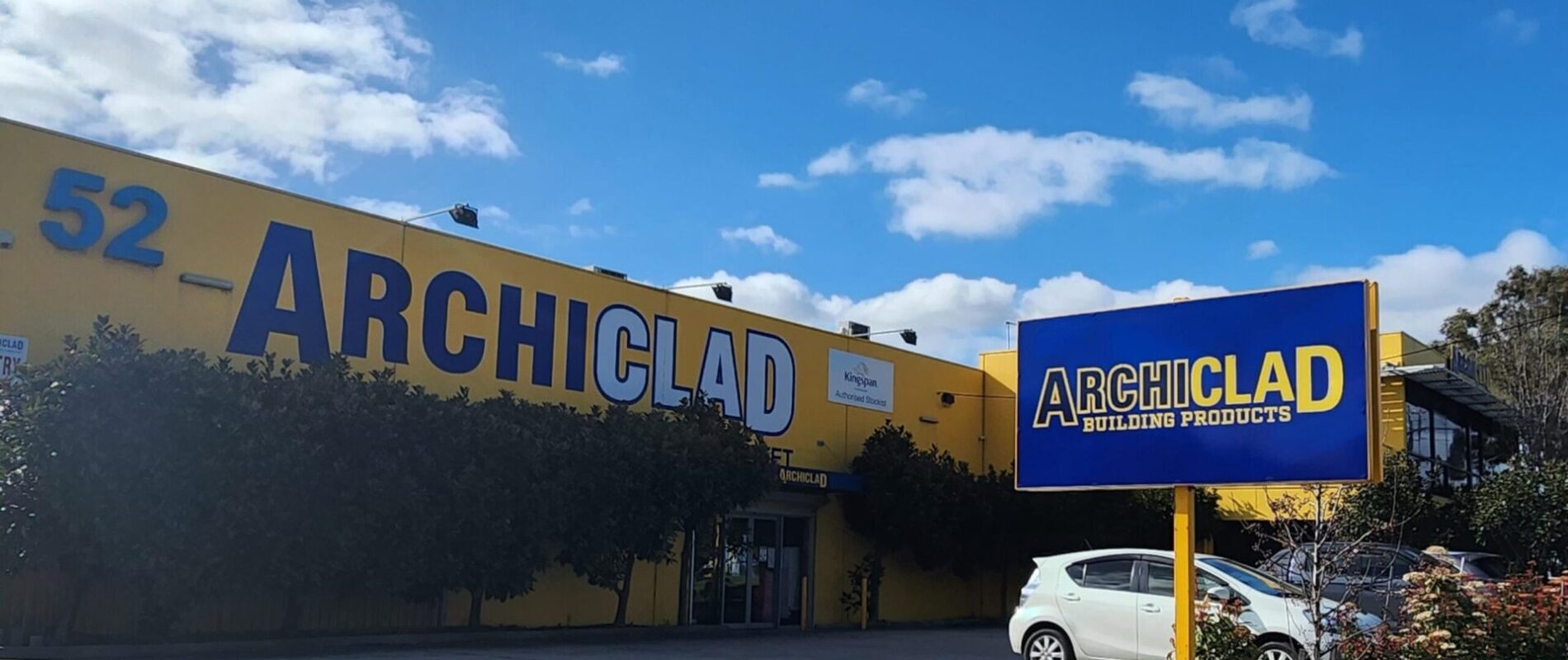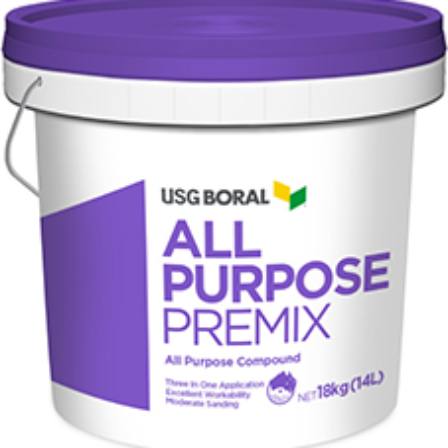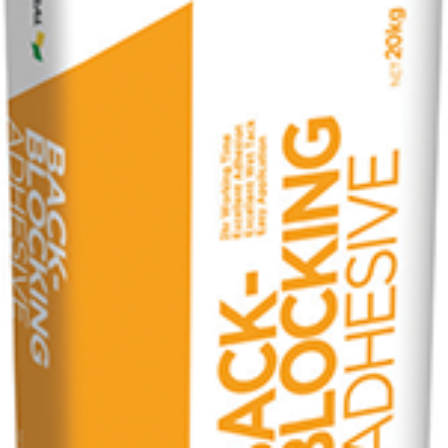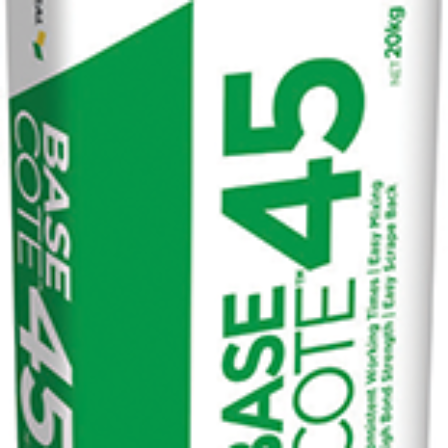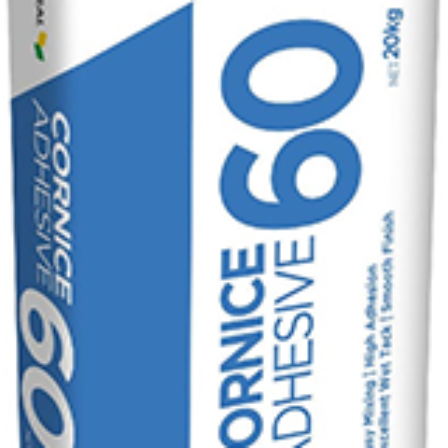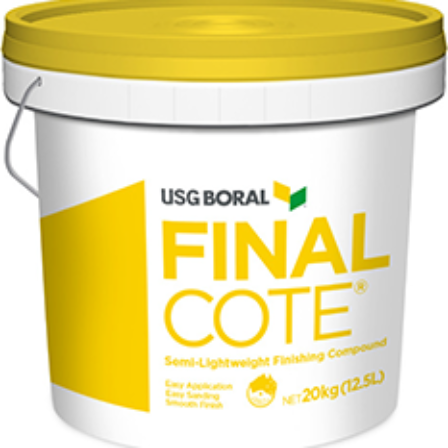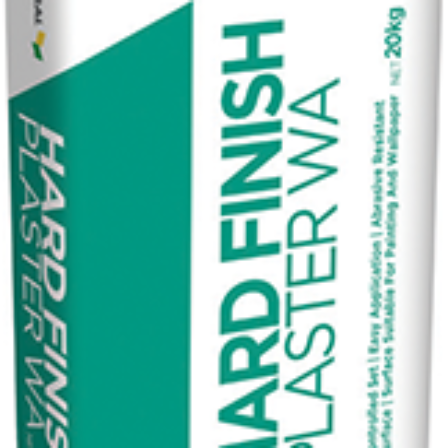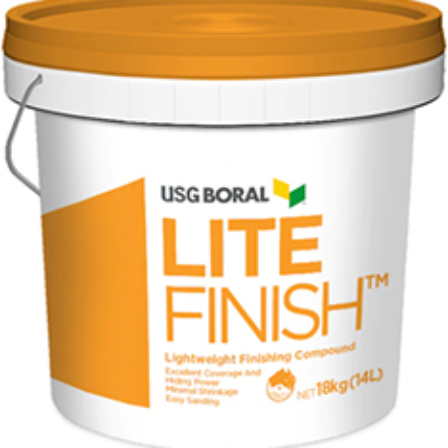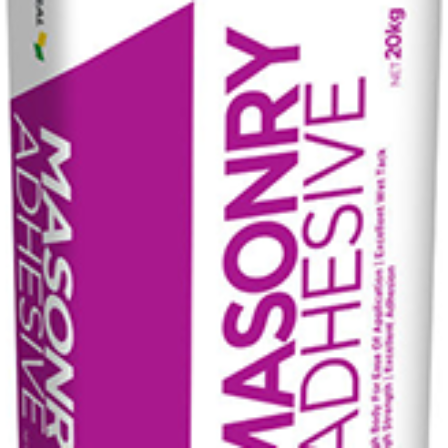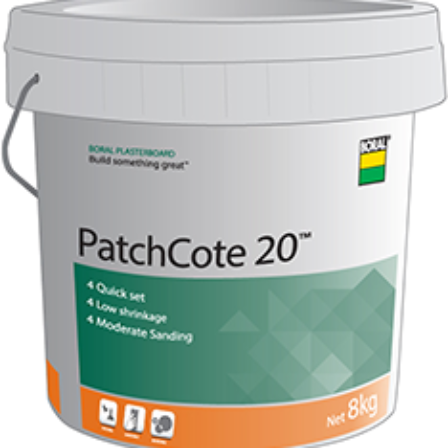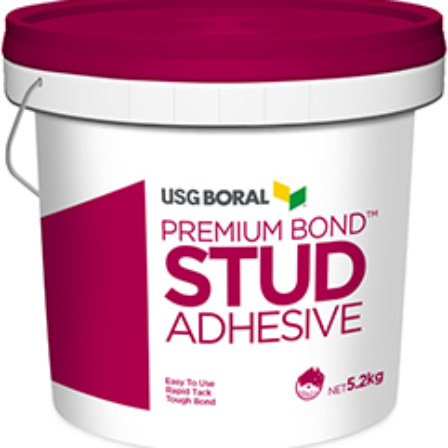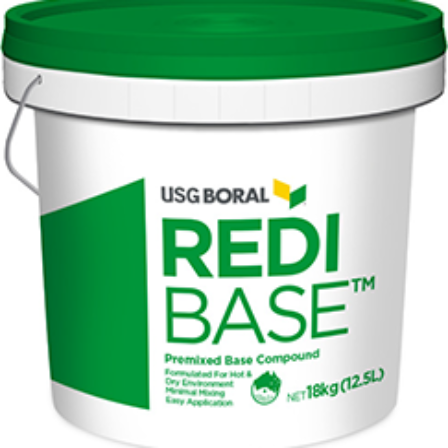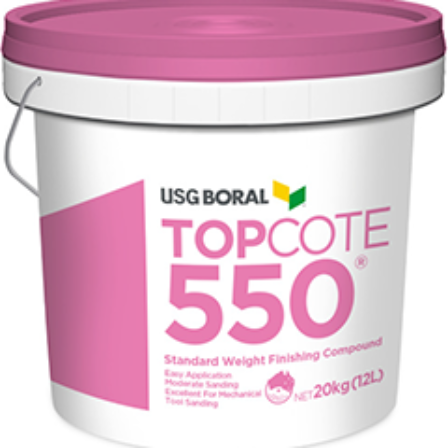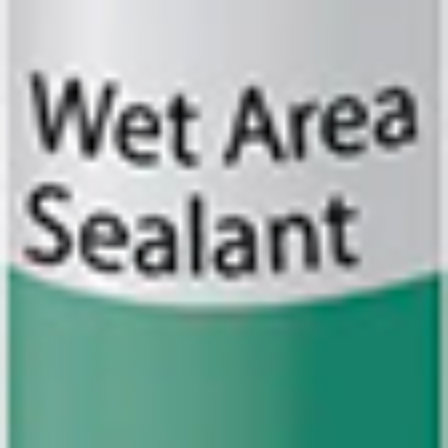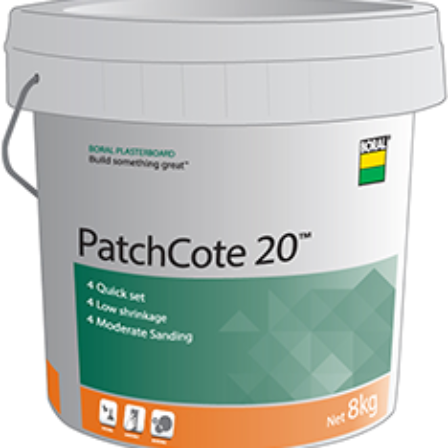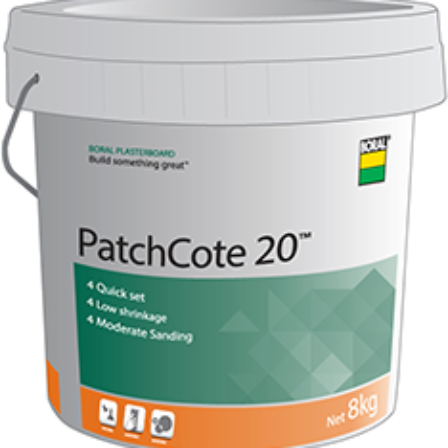- 52 Keon Parade, Thomastown VIC 3074
- (03) 9460 2233
-
5 Chapel Street, Lynbrook VIC 3975
- (03) 9799 8111
All purpose premix
All Purpose Premix compound is an economical, air-drying, lightweight compound...
Back-blocking adhesive compound
Back-Blocking Adhesive is a plaster-based setting type compound specially formulated...
Basecote® 45, 60 & 90 compound
BaseCote™ is a plaster based, setting type compound formulated for...
Cornice adhesive 45 & 60 compound
Compound ideal for bonding paperfaced cornice, cast fibrous plaster decorative...
Finalcote® finishing compound
FinalCote® finishing compound is a premixed, air-drying, easy sanding compound...
Hard finish plaster compound
Hard Finish Plaster is a general purpose product designed to...
Litefinish™ finishing compound
Lightweight air-drying finishing compound with easy application, low shrinkage, good...
Masonry adhesive compound
Plaster based adhesive compound for bonding plasterboard sheets to masonry,...
Patchcote 20™ compound
A plaster based, setting type compound recommended for small and...
Premium bond™ stud adhesive
Premium Bond™ Stud Adhesive is awater-based synthetic stud adhesive used...
Redibase™ compound
RediBase™ is a premixed, drying type base compound formulated for...
Topcote 550® finishing compound
TopCote 550® finishing compound is a premixed, air-drying, economical compound...
Wet area sealant
Acrylic based water resistant sealant suitable for wet area applications.
Wet area sealcote
Wet Area Board is recessed edge plasterboard with a water...
Wet area taping cement
Designed for use with reinforcing tape in joints and angles...
Just like there are many different types of plasterboard, there are also many different types of plaster jointing compounds.
Jointing compounds are similar to plaster and are used with joint tape to seal joints between sheets of plasterboard. Broadly, there are two different kinds: drying types and setting types. Drying types tend to be fast to apply and easy to maintain, though they take a long time to dry and shrink as they do so. Setting types come as a powder and you add water before use. They set by chemical hardening rather than evaporation, like drying types do, which gives them an advantage in filling holes and gaps. This advantage is offset, however, by the fact that they are more time-consuming and difficult to use.
Beyond these two main types, there is even more variation in jointing compounds: from standard versions to compounds designed specifically for a hard finish. There is even a type of jointing compound especially created for bonding cornices.
To find all these jointing compounds and more, take a look through our catalogue. Order fromarchiclad and we will deliver directly to your construction site, within victoria, 6 days a week.
Send Enquiry

